Originally, of course, people performed yoga poses without any extra equipment, but today things have changed and we have a good number of tools to aid our practice. When it […]

The word “yoga” comes from Sanskrit, where it literally means “union” or “connection”, and originates from a verb root ‘yuj’ (to unite, to connect, to yoke).
The most well known yoga definition comes from the Patanjali Yoga sutras: yogash-citta-vritti-nirodhah (1.2) – ‘yoga is the elimination of mental fluctuations’. So how can we combine these two meanings together: the union and the elimination?
The traditional interpretation of yoga is the union of the individual soul or Atma and the Supersoul or Paramatma. This union or connection may come in various forms and at different levels – according to the state of a yogi’s consciousness.
To be able to achieve this connection, one has to balance their body, mind and intelligence – this is the first step. At this point a person will obtain good health and the peace of mind.
The next step is to harmonize the body and soul. It will help to gain control over the senses, and achieve the internal satisfaction.
After that a yogi can proceed to the next stage – to establish a connection between the soul and the Super soul. Once that connection is there, it is called ‘yoga’ in its full sense.
‘Ashtanga’ means “having 8 limbs. According to the sage Patanjali, the process of yoga has 8 stages (which are followed gradually and combined with each other).
They are as follows:
Yama – the moral codex.
Niyama – the rules of a proper behavior in the society.
Asana – the practice of yoga poses.
Pranayama – one learns how to control their breathing.
Pratyahara – the practice of sense control and withdrawal.
Dharana – a yogi learns how to concentrate their mind.
Dhyana – the meditation.
Samadhi – the state of consciousness, described by Patanjali, when there are no fluctuations in the mind, and the consciousness is united with the object of meditation.
The modern yoga is better known for its poses, breathing exercises and some meditation techniques, while its primary goal shifted substantially towards health improvement, stress reduction and weight loss.
Originally yoga had a few paths (called ‘Marga’ in Sanskrit) following which a person could attain its ultimate goal. These paths are Yoga marga (the path of meditation), Gyana marga (the path of knowledge), Karma marga (the path of action according to Vedic scriptures), and Bhakti marga (the path of devotion and divine love). Other types and styles of yoga developed from these four, such as Hatha yoga, Raja, Laya, Kundalini, etc.
Today we have many great masters and teachers, including Sri T. Krishnamacharya, his disciples BKS Ayengar and Sri Pattabhi Jois, the tradition of Swami Sivananda with his well known disciples Swami Satyananda and Swami Vishnudevananda, the yoga school of Dhirendra Brahmachari, and many others, like Bikram, Kripalu, Anusara, Kali Ray (Triyoga), etc.
Yoga is very accessible to everyone; you simply need to decide which style you are more comfortable with, and start your own practice, be it in a class, a studio or at home.

Originally, of course, people performed yoga poses without any extra equipment, but today things have changed and we have a good number of tools to aid our practice. When it […]

Paschimottanasana is one of my favorite yoga poses, and it is one of the core asanas as well. It can be performed at any level of yoga mastery: beginners can […]
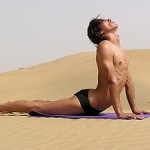
I’m planning to gradually describe all the basic yoga poses here, on my blog, so you can always refer to them when following your yoga routine. Bhujangasana is among the […]

Developing a personal yoga practice is not something a beginner should worry about. In fact, in the beginning it is advised to take some yoga style you like and follow […]

The answer is both easy and difficult; although I have seen and read lots of books on yoga, usually there are always pros and cons in every book. In some […]
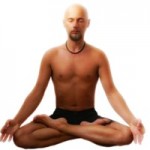
Ashwini Mudra Meaning Before we talk about the ashwini mudra practice, lets define its meaning. Ashwa means “horse” in Sanskrit, and mudra is a “gesture” or “sign” but this doesn’t say […]
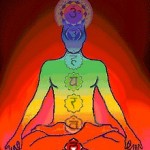
Chakra is a complex phenomenon; often people try describing chakras from one point of view only, such as ‘strong chakra’ or ‘weak chakra’. But to describe chakras you need to […]
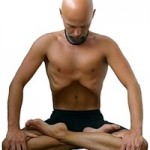
I assume that by the term “Ashtanga yoga” we mean Ashtanga-vinyasa-yoga as taught in the school of Pattabhi Jois. While the bandhas are same in all the yoga traditions and […]
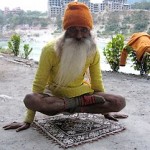
I often hear this question and the short answer to it is: as long as you need. Really. Yoga is a completely personal practice; yes, of course there are yoga […]

Yoga breathing is also known as Pranayama. Here I’m going to tell you the preliminary things to help you prepare yourself to do it properly. In general the yoga breathing […]